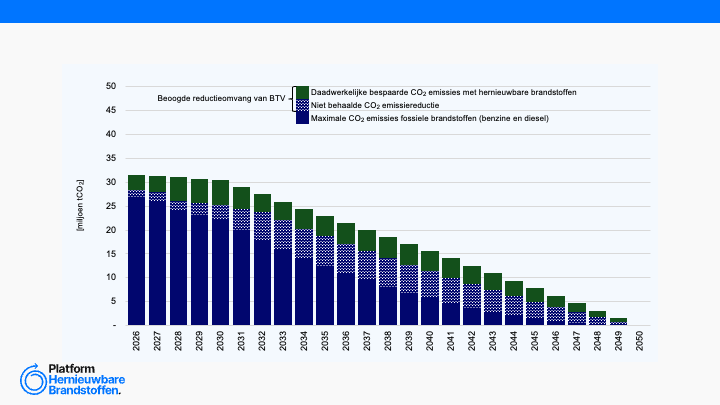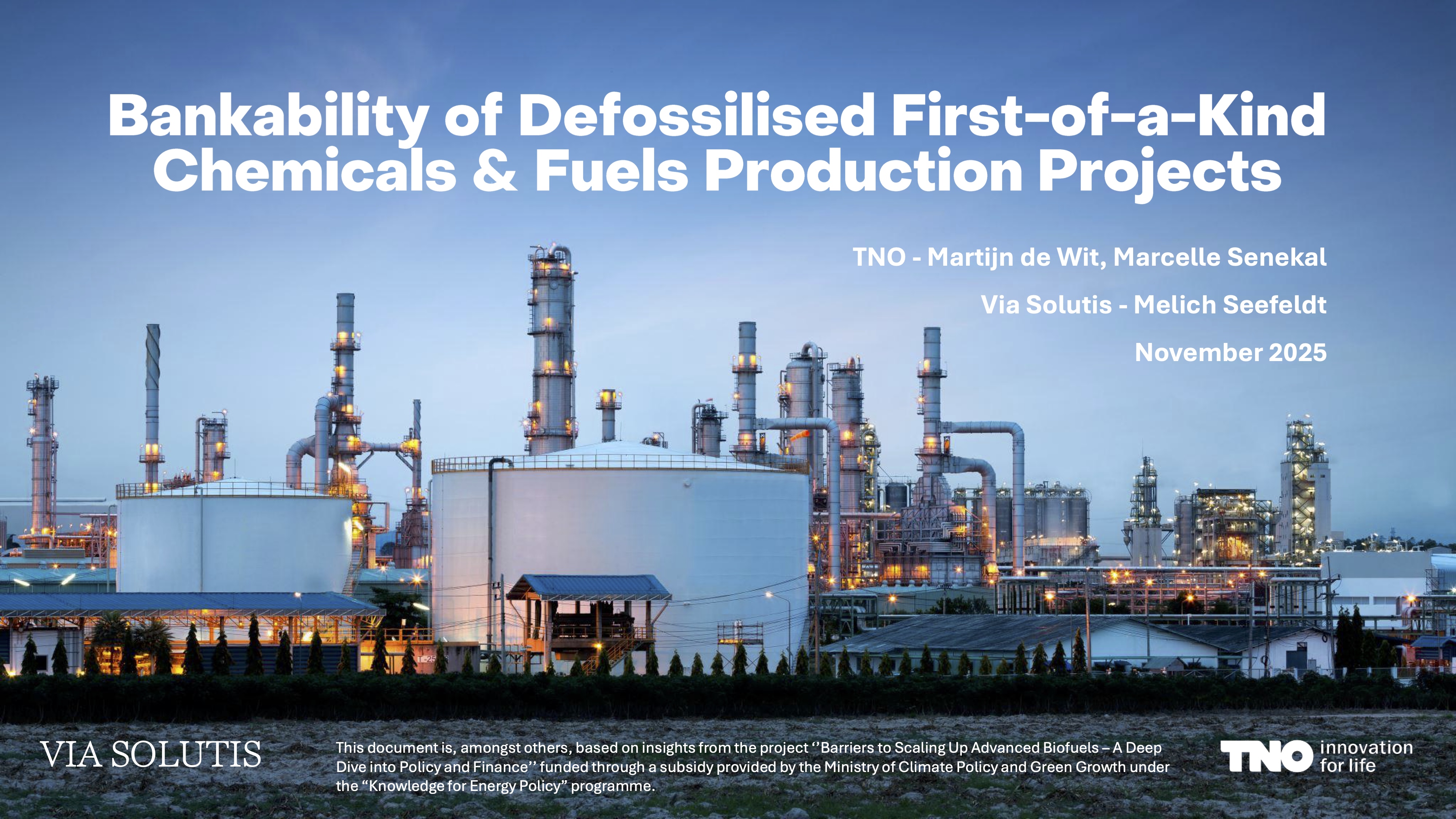Clean Ocean Shipping Pilot Project

The Dutch Sustainable Growth Coalition has summarized results from its pilot project on clean ocean Shipping in a report. This information document contains important information regarding a pilot project entailing the use of sustainable, second generation biofuels in a large, triple E-class ocean vessel (Mette Maersk), which sailed 25,00o nautical miles from Rotterdam to Shanghai and back. The use of the second-generation biofuel was set up in two stages: the longest part of the route, the vesselwould sail on a mixture of bunker oil and 7% biofuel. As no major issues arose, the ship switched to a blend with 20% second-generation biofuel. The second-generation biofuel was produced from used cooking oil and was ISCC-certified. The ship presented no technical difficulties along its trip, demonstrating that decarbonized solutions for shipping can already be implemented. Sailing with a 7% and 20% biofuel blend in this roundtrip trajectory, 1500 tonnes of CO2 and 20 tonnes of Sulphur emissions were reduced.
In the short term, biofuel is an attractive alternative as it can, to a certain extent, blend with conventional fuels without requiring substantial technical adaptations to the engines. The problem remains biofuels’ higher prices when compared to regular shipping fuel. DSGC expects that the free market mechanism will drive up the supply of used cooking oil and other (lower-value) waste streams as feedstocks for biofuels for maritime use.The price gap is also expected to be reduce once pending regulation is effectively implemented. For example, the new IMO regulation that took effect on 1 January 2020 introduced a 0.5% global sulphur cap for marine fuels, leading to the use of low-sulphur fuels in shipping. Finally, Shell pointed out that there are possible supply chain improvements that could increase cost efficiency, such as optimizing upstream processes processes (for example through larger volumes, different grades of refinery, lower logistics costs, seasonal trading or improved annual planning) and using lower- quality (biomass) waste or biocrude as input.
As more (large) companies are driving more sustainable business models by internally implementing a carbon shadow price, CO2 emission reductions are valued in investment decisions.
Recente artikelen
Analyse brandstoftransitieverplichting

Nederlandse industrieclusters presenteren bidbook: Een basisindustrie om op te bouwen: nu & in de toekomst



